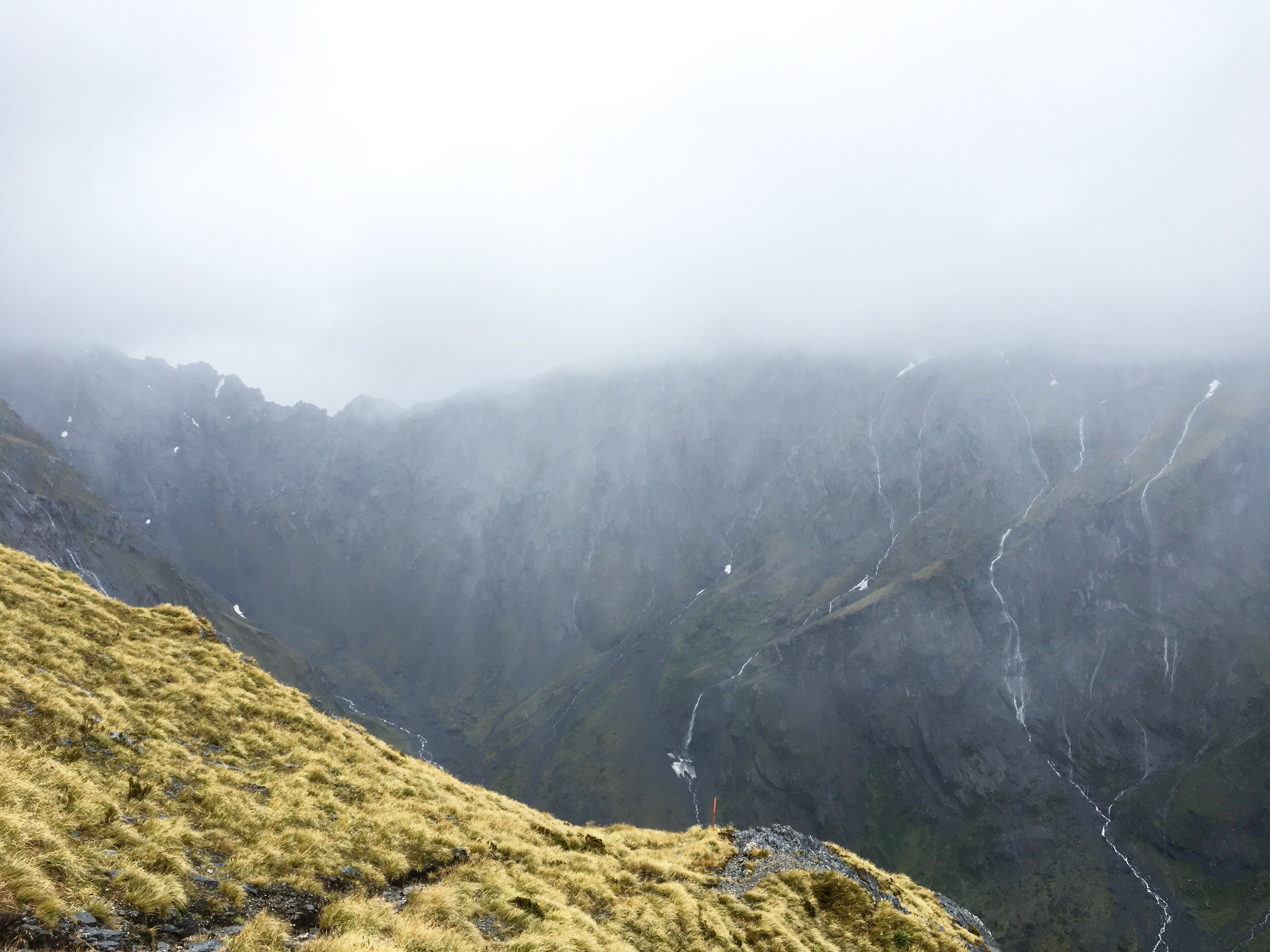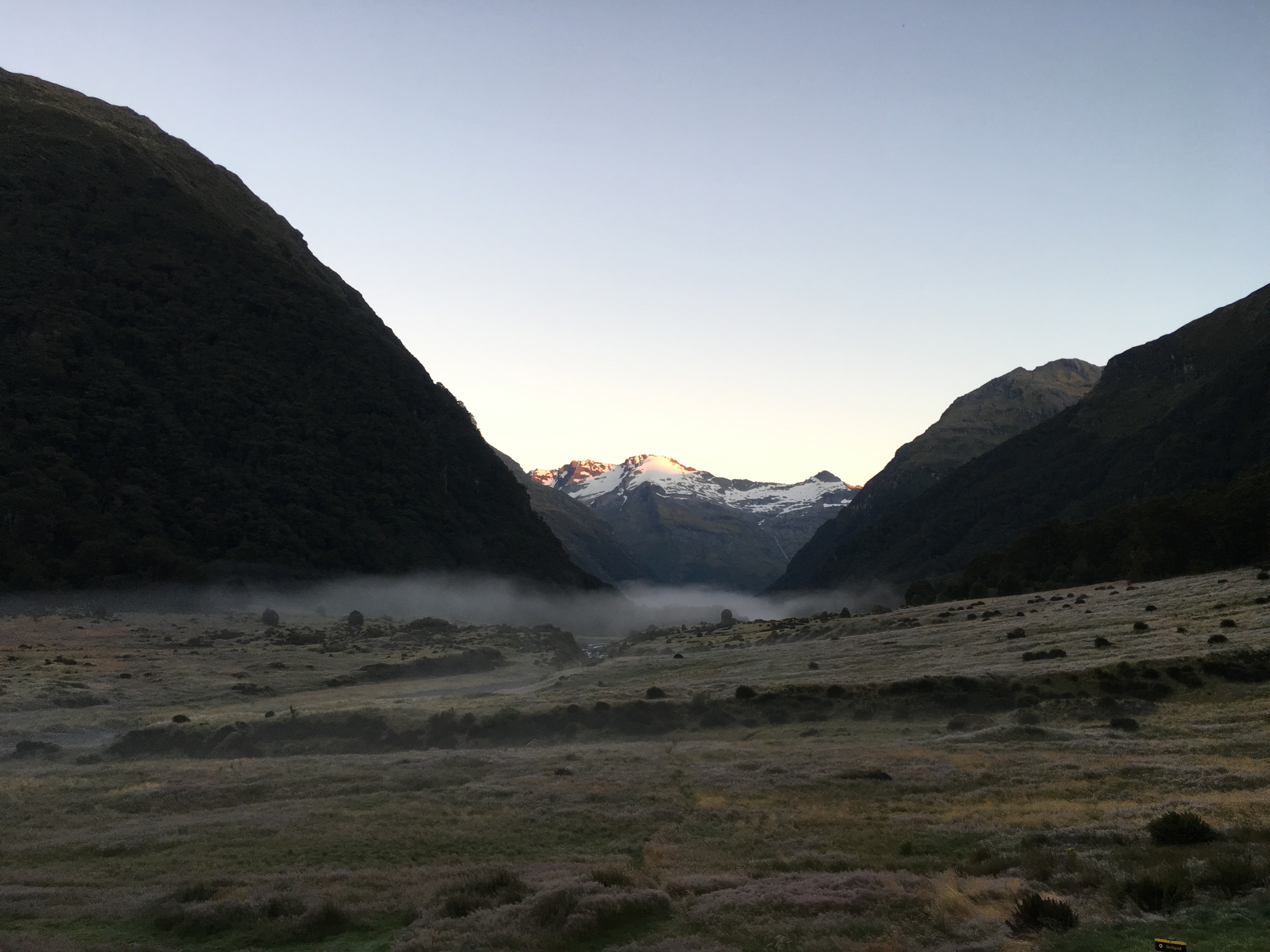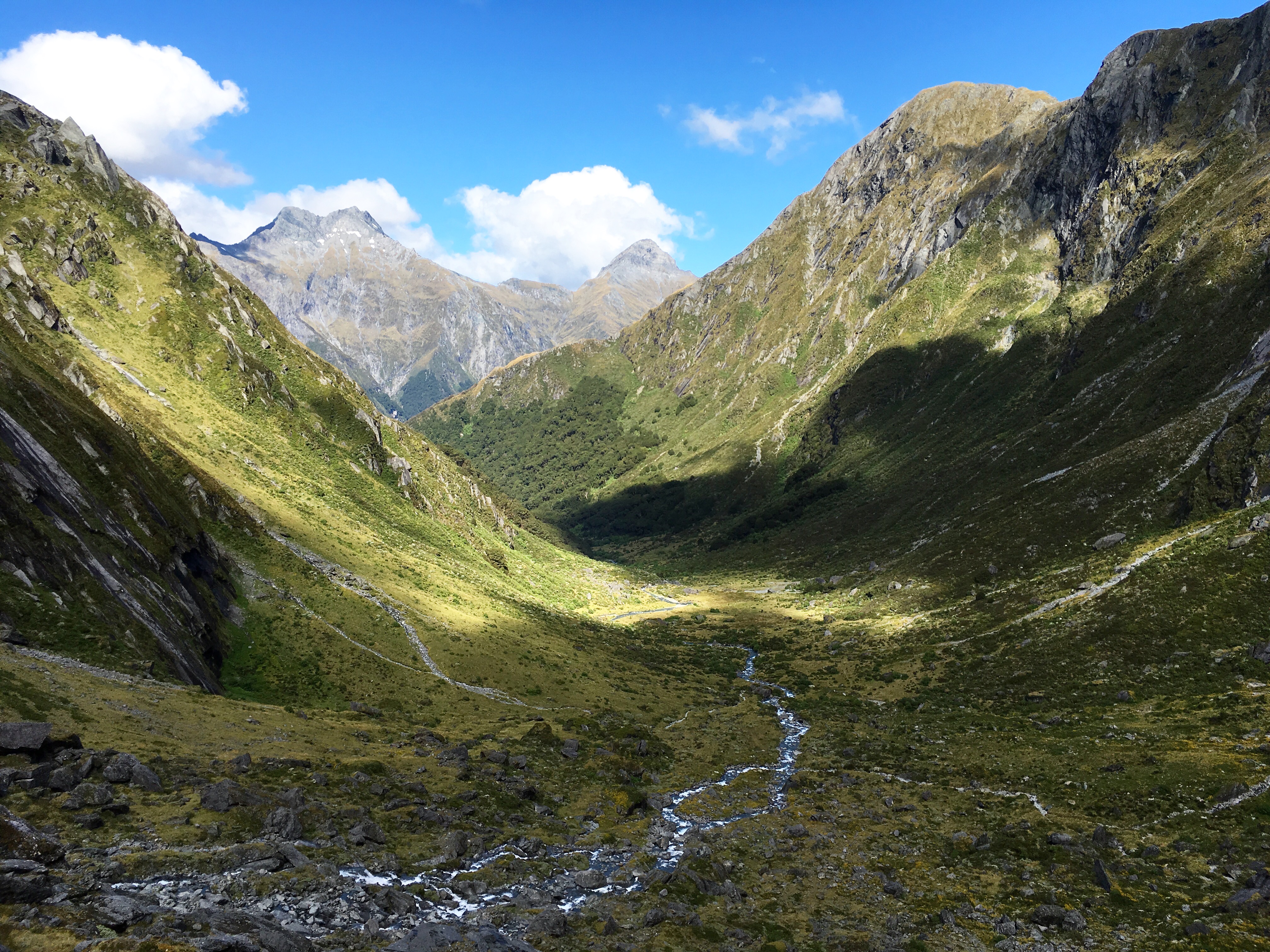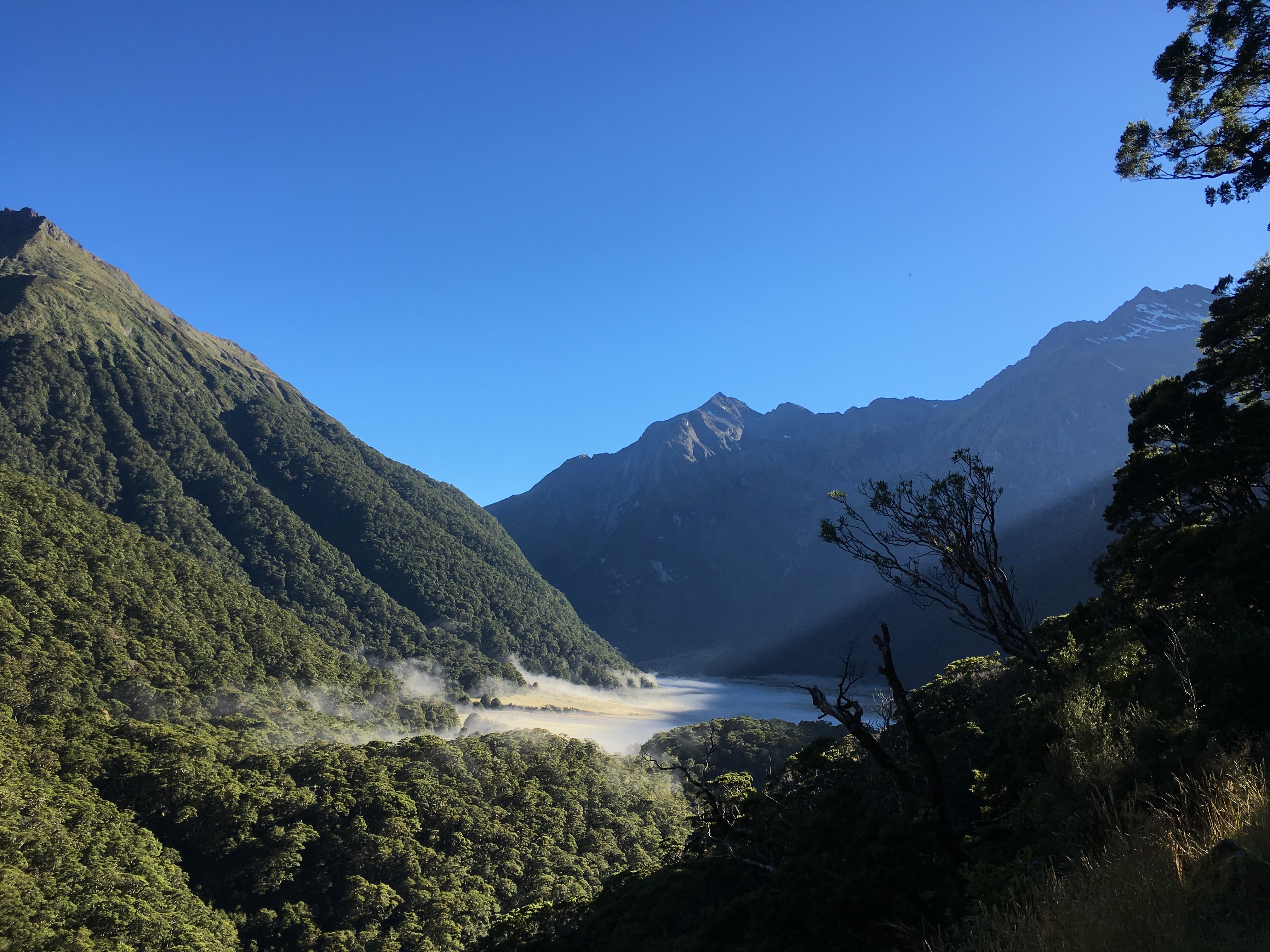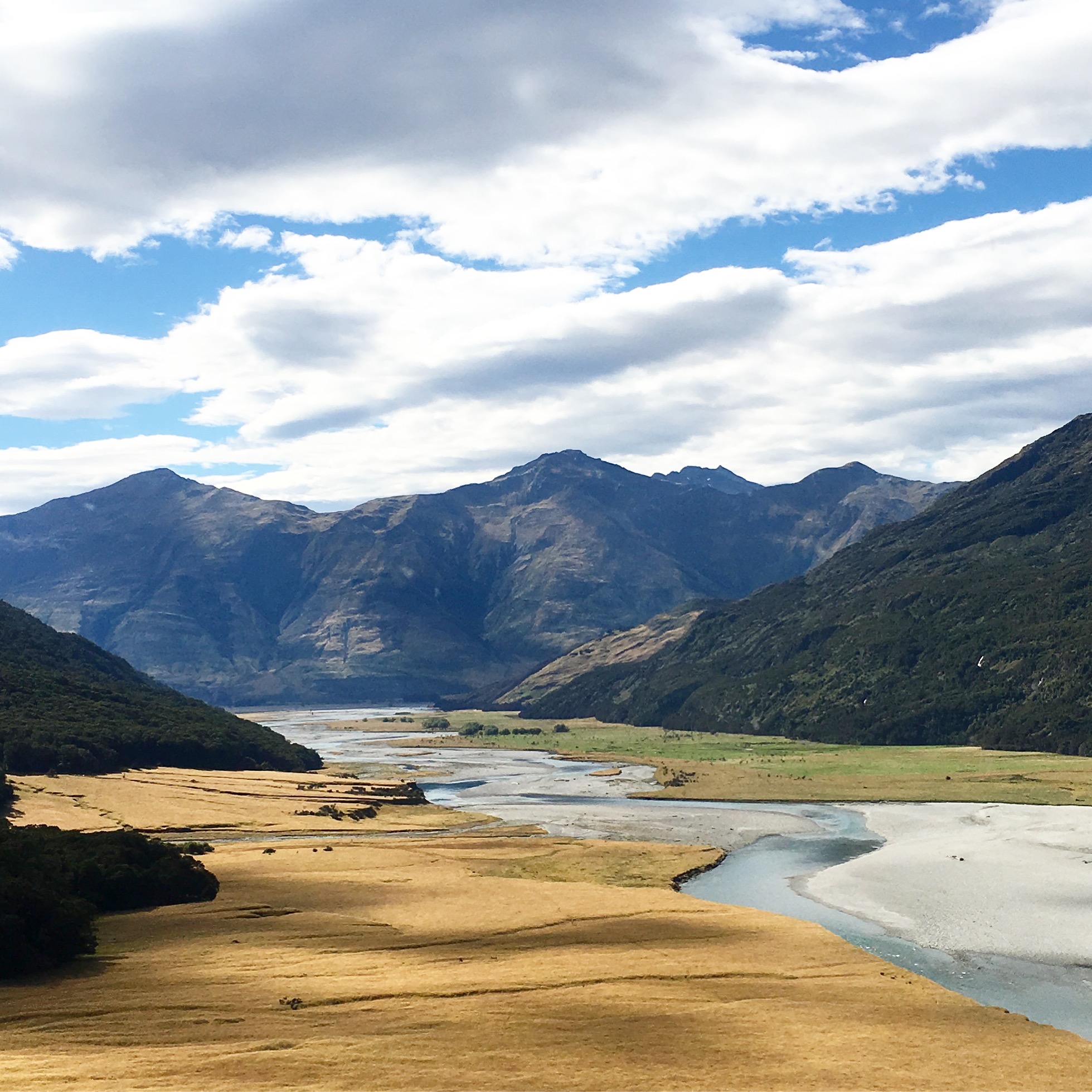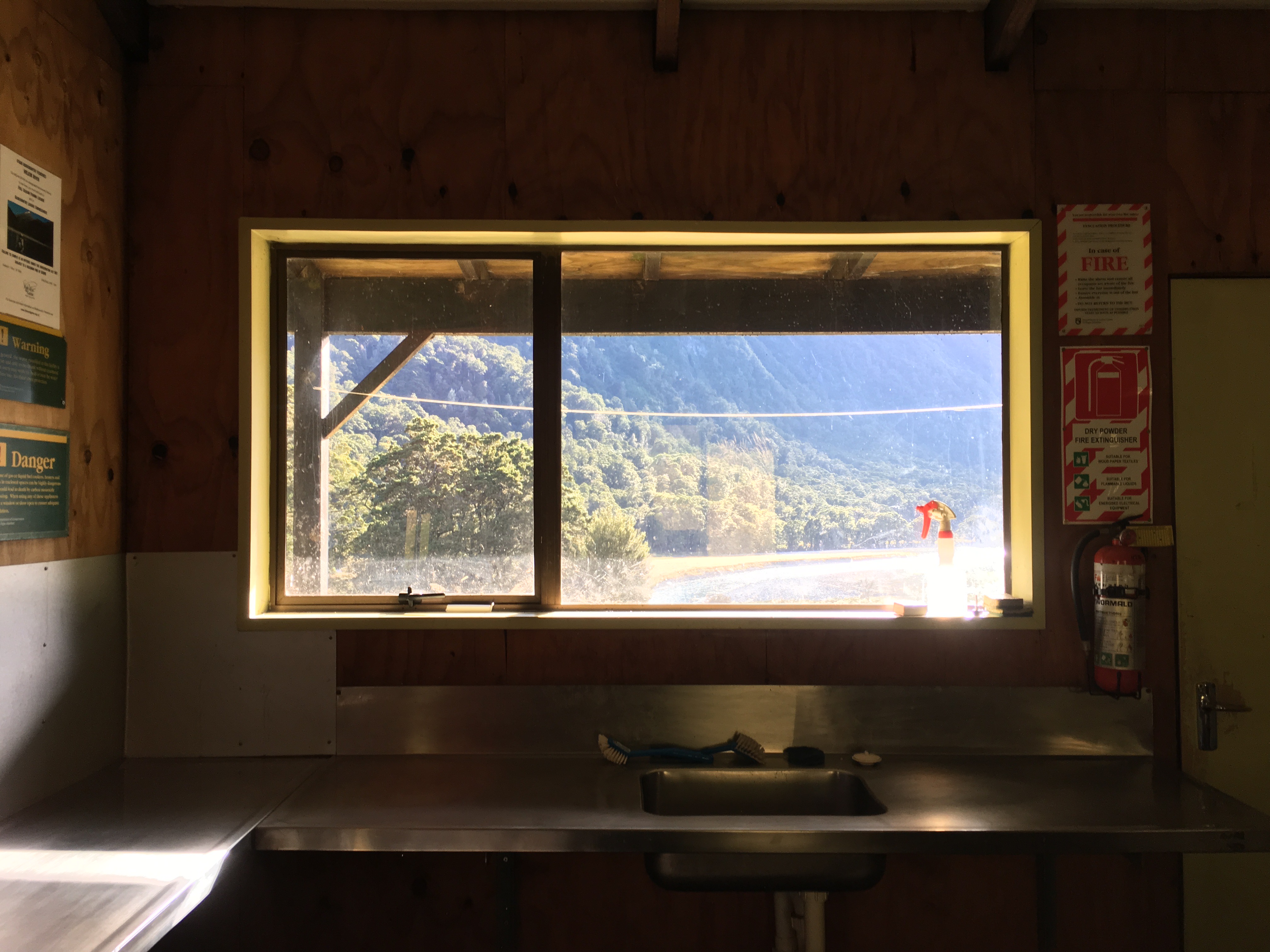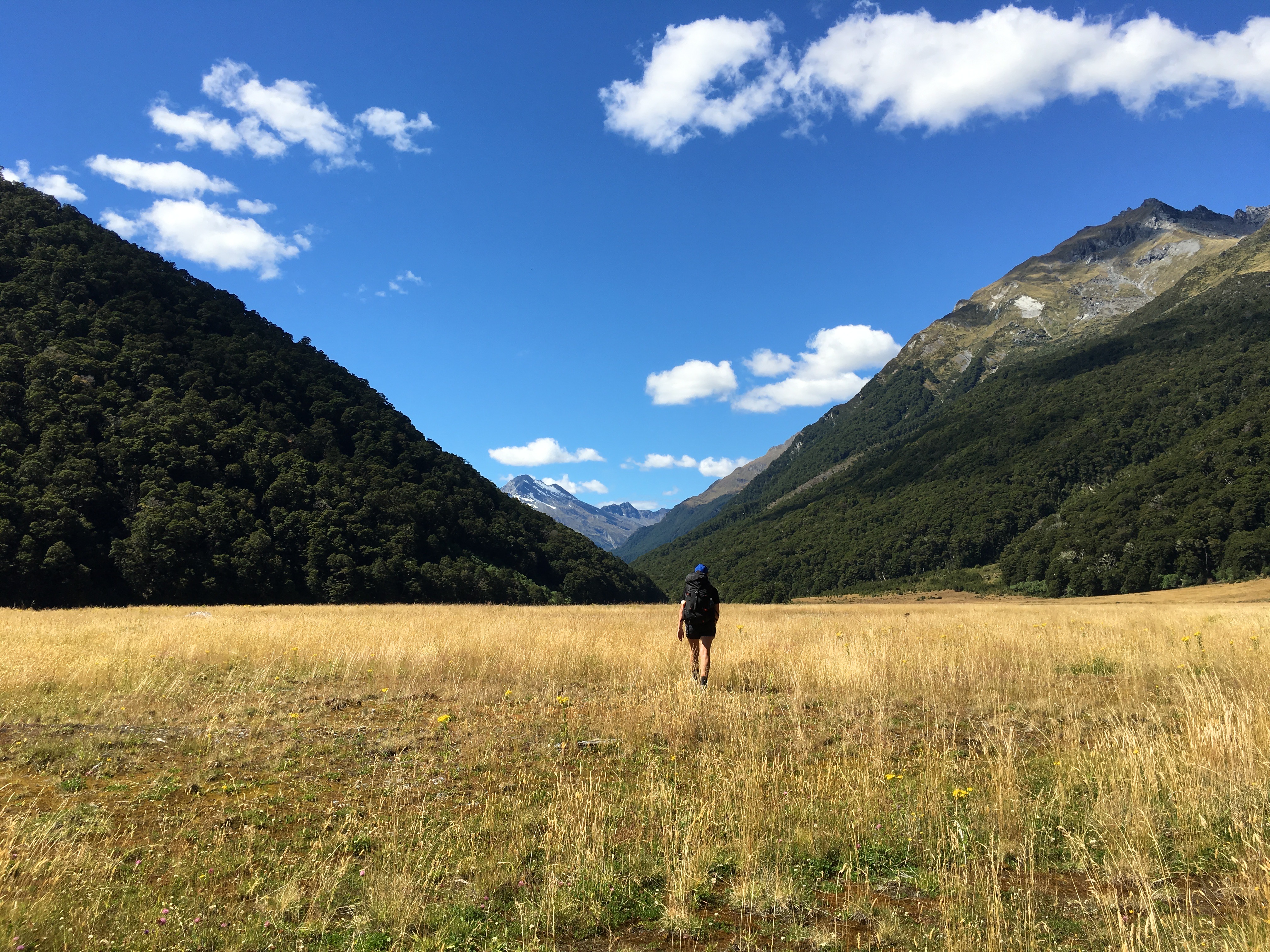A year ago today I had surgery for endometriosis, 15 years after I first saw a doctor to get treatment for it. Surgery erased my pain. I’m furious that other women are being denied it.
If you’re having a hard time with this too, please get in touch with me.
*
The pain came and went, like hunger or fatigue. Over time, it became worse, lingering at all hours, refusing to budge, whatever I threw at it.
Sometimes, it was a low, persistent ache between my hip bones that brightened and dimmed. Sometimes it was sharper, a hook tugging on each of my internal organs one by one.
Sometimes, when I went for a run or rode my bike, the pain would arrive all of a sudden, as though it was smashing a window to get in, and I’d stop and double over until it eased off, ripples that smoothed into nothing, and then I could keep going.
If I took strong painkillers, I could diminish the pain to the size of a headache, and eventually, the headache almost never went away. Part of my brain was permanently unavailable because it was always thinking about the pain, a gawker at the scene of an accident.
I’ve been telling doctors about this pain since I was 16. These are the things they say to me:
Your pain is normal. Take the pill, it will help. You probably have endometriosis, but we don’t know, and anyway, you’re too young for surgery. Your pain is normal. Take this other pill. You’ve been on the pill for a decade, didn’t you know that’s bad for you? Try painkillers. They don’t work? Try these other painkillers. They don’t work? Take them all at once. How often did you say you were taking them? That will damage your kidneys! Anyway, your pain is normal. Why aren’t you on the pill?
Imagine if eye cells started sprouting on your toes: that’s what endometriosis is, except it involves uterine cells that grow on the rest of your internal organs. No one knows why this happens, and why only these cells do it. Also, the only way to find out if you have endometriosis is to get surgery to remove it.
My boyfriend encourages me to keep trying doctors. Without this, I would have given up. I start doubting the severity of my own problem. I see one GP and then another. I ask to have surgery. I ask again. The GPs are skeptical. They think I’m normal. “No,” says my boyfriend, “you’re not.” I wonder how many other normal women are walking around their life with this level of pain.
Finally, I find a doctor who says, “It sounds like this is really impacting your life,” and she gives me a referral to the public health system.
*
One of the first things my gynaecological surgeon asks me is if I have a partner.
“No,” I say. Then I add, “We just split up.”
It’s summer, and I moved out a month ago. All my things are in boxes in my parents’ spare room. I feel dizzy all the time, and partly like I’m dreaming, like nothing is quite real, like I’ve strayed into a version of the future that wasn’t supposed to happen.
“We may not find anything,” he says. “A third of women with pain don’t have any visible signs of endometriosis.”
“Oh,” I say.
“Men also have unexplained abdominal pain,” he says.
I don’t know what to say to this. I’m worried he’s going to tell me I can’t have surgery.
“It’s important that you don’t wait too long to have kids,” he says.
“I know,” I say.
He tells my fertility is getting worse by the minute. It’s probably terrible. Almost beyond hope. Endometriosis makes it worse. If I have it, that is. He’s not convinced. But he sees so many women who left it too long. They really struggle, it’s so sad. I wait for him to say that sometimes men wait too long to have kids, but he doesn’t.
Can’t you just treat my physical pain, I think to myself.
I don’t say this to him because I’m paralysed with rage. I go back to work, where I can’t concentrate on anything. My anger is the brittle ice covering a whole lake of sadness, and once I’ve fallen through it I burst into tears in front of my surprised colleagues.
*
The morning of my surgery, I go for one last run. It’s a clear day for winter, and the bush is so damp that it steams in the sunshine.
“I don’t think we’re going to find anything,” says my gynaecological surgeon.
I am wearing two hospital gowns back to front, I’ve put all my things into a paper bag with a number on it, I’ve just signed some forms my anaesthetist gave me, and my specialist doesn’t think there’s anything wrong with me.
“I’m going to give you something that’ll make you feel like you’ve had a few champagnes,” says the anaesthetist, and I laugh because I haven’t had a drink in months. Too many painkillers.
There’s no drifting, like when you go to sleep. You don’t sense yourself departing. Anaesthesia is a movie cut. I blink and now it’s the scene where they’re wheeling me down the corridor. Everything blurs. I can’t focus my eyes, can’t make out voices.
“Did you find anything?” I mumble.
“Yes,” a voice says. “You had a lot of endometriosis.”
I spend the next 24 hours drifting. This is a public hospital, but they’ve given me a private room. I am the most relaxed I have ever been. No one can expect anything of me! I’m on drugs! I just had surgery! That is a failsafe excuse for not living up to any kind of standard. I can see a square of blue sky through the window. A friend visits me, holds my hand while I doze, and this act of kindness stays in my mind long afterwards.
Nurses are always taking my blood pressure. They comment on the book I brought along with me, Lab Girl.
“What’s it about?” one of the nurses asks me.
“A woman running studies on plants,” I say. “Trying to be taken seriously.”
The nurse rolls her eyes. “Women run everything,” she says. “The husband, the household, the children.” She shakes her head. She doesn’t need a book to tell her the obvious. “Women run everything.”
*
“It was like someone took a paintbrush and flicked it all around,” says the junior surgeon. She’s about the same age as I am. She tells me I had a membrane in my uterus that split it into two chambers, and she cut it out, because these are linked to higher rates of miscarriage.
“You’ve had quite a lot of surgery,” she says.
She has pictures. I have never seen inside my body before. My internal organs look identical to each other, and all of them look like the underside of my tongue, except for my fallopian tubes, which are white. Scattered across them are flecks of black. It looks like mould.
She tells me that pain is a poor indication of how severe endometriosis is. Someone can have a little pain and terrible lesions all over the place. Someone can have a lot of pain and very little endometriosis. It’s the first time anyone has told me this: up until now I’ve been in a pain competition, struggling to reach the mark whereby mine becomes significant enough for the health system to do something.
“It’ll start growing back in about 18 months,” she says. “But if you take hormonal contraception it slows it down. Are you planning to have kids?”
I still don’t know how to answer this question. Saying yes feels like waving a red cape in front of fate. Saying no feels like childishly slamming a door. Saying ‘I don’t know’ makes me into a woman who has failed to organise the most fundamental part of her life.
In fact, I have organised my entire life around the possibility of having children, something I have never acknowledged to anyone. I chose my profession because I knew I could continue it on reduced hours, and I had good foresight, because most industries have made little progress in enabling this in the decade since I was deciding on a career. But now it feels like I’ve built a house and there’s no one to live in it.
Pregnancy interrupts the growth of endometriosis, my surgeon tells me. But women aren’t getting pregnant in their 20s, and it gives the disease so much more time to grow without being checked.
I have a disease that’s not only part of my body, but drawn from the circumstances of my life, one that depends on the grand lottery of who you meet and who you don’t.
*
There are four puncture wounds in my belly. When I walk, I shuffle hunched over, like I’m elderly. The nurses encourage me to move around because it makes you heal faster. I think they’re right. I can stand up a little bit straighter every day.
I take their advice seriously. A month after I get home from hospital, I go tramping in the mountains. It’s as though someone has taken my body and exchanged it for a new one.
I write all this down, because I’m worried I’ll forget what it was like to have pain and for people to think I was exaggerating it.
For the first time in longer than I can remember, my body is quiet. Sometimes the stitches in my bellybutton tug against the skin. But most of the time, I can’t feel anything. No ache, just silence.
*
NB Endometriosis is little studied and not well understood. However, some scientists have researched the attractiveness of women with severe endometriosis compared to women without it. On a more positive note, a scientist at the University of Auckland is now researching diagnostic tests and different treatments for endometriosis.

